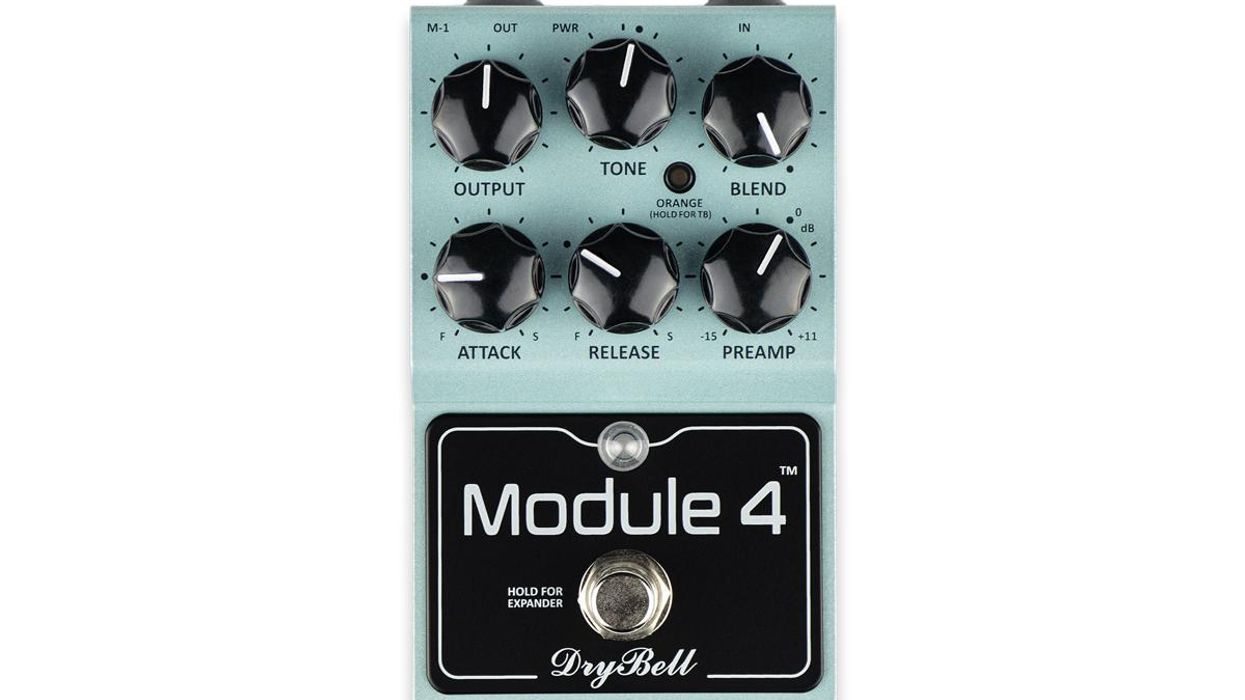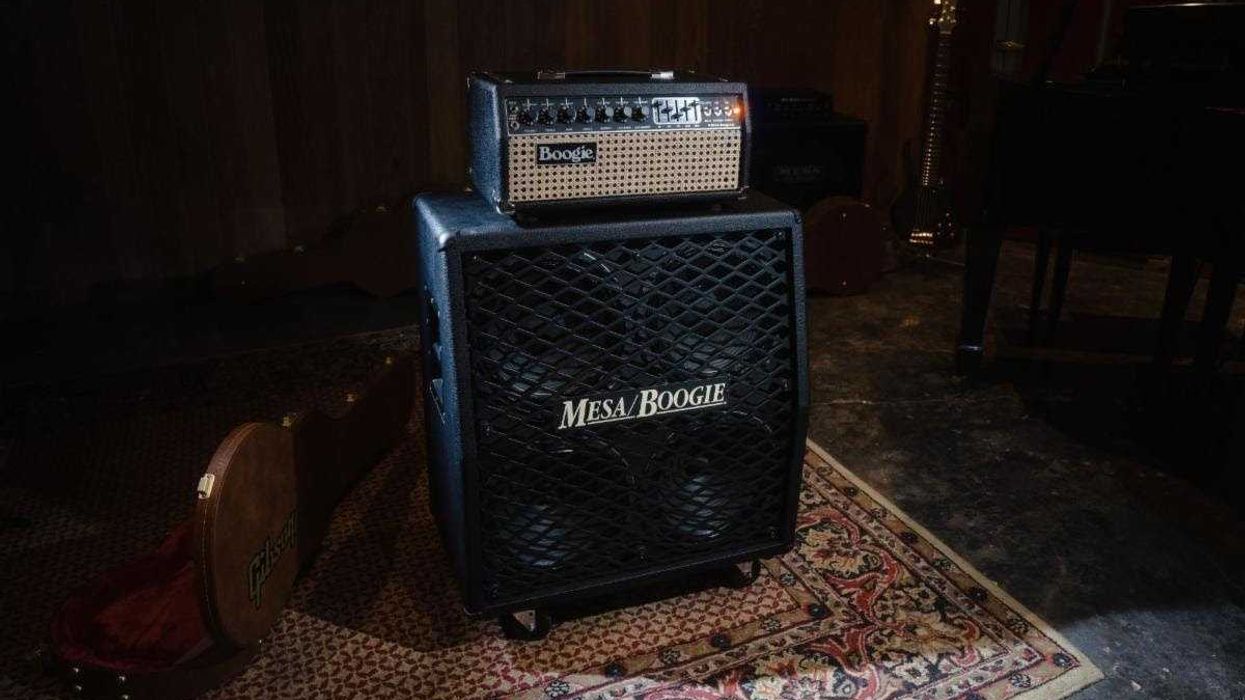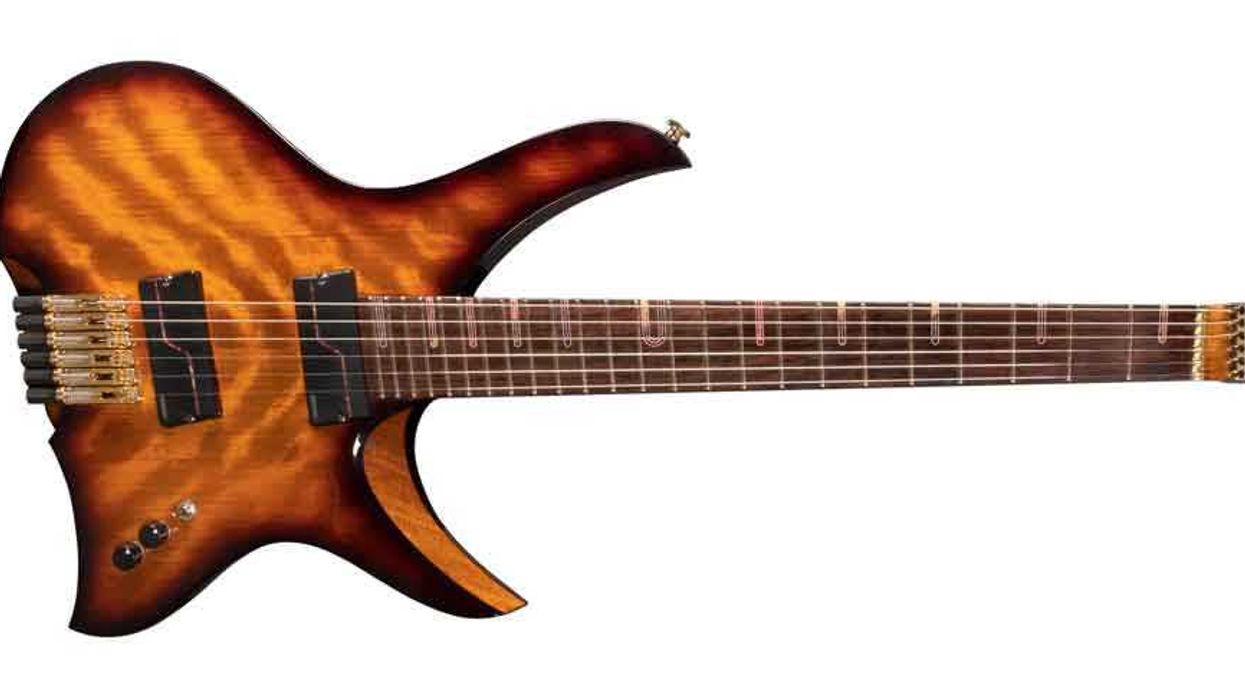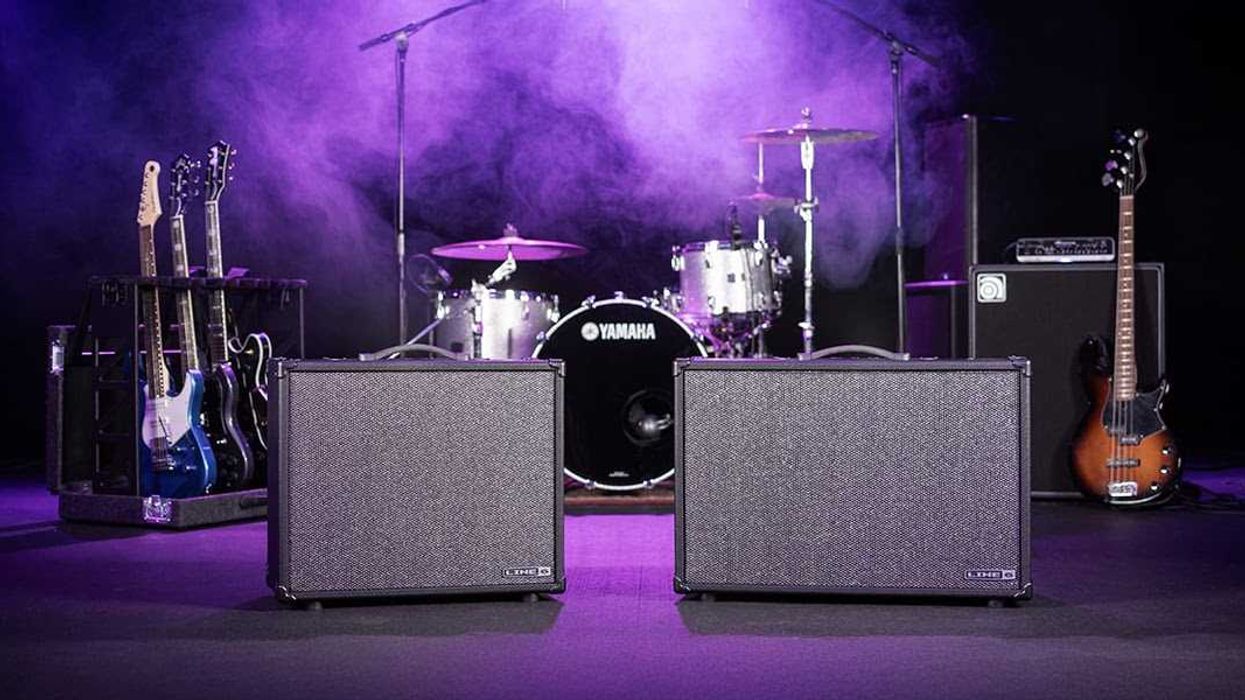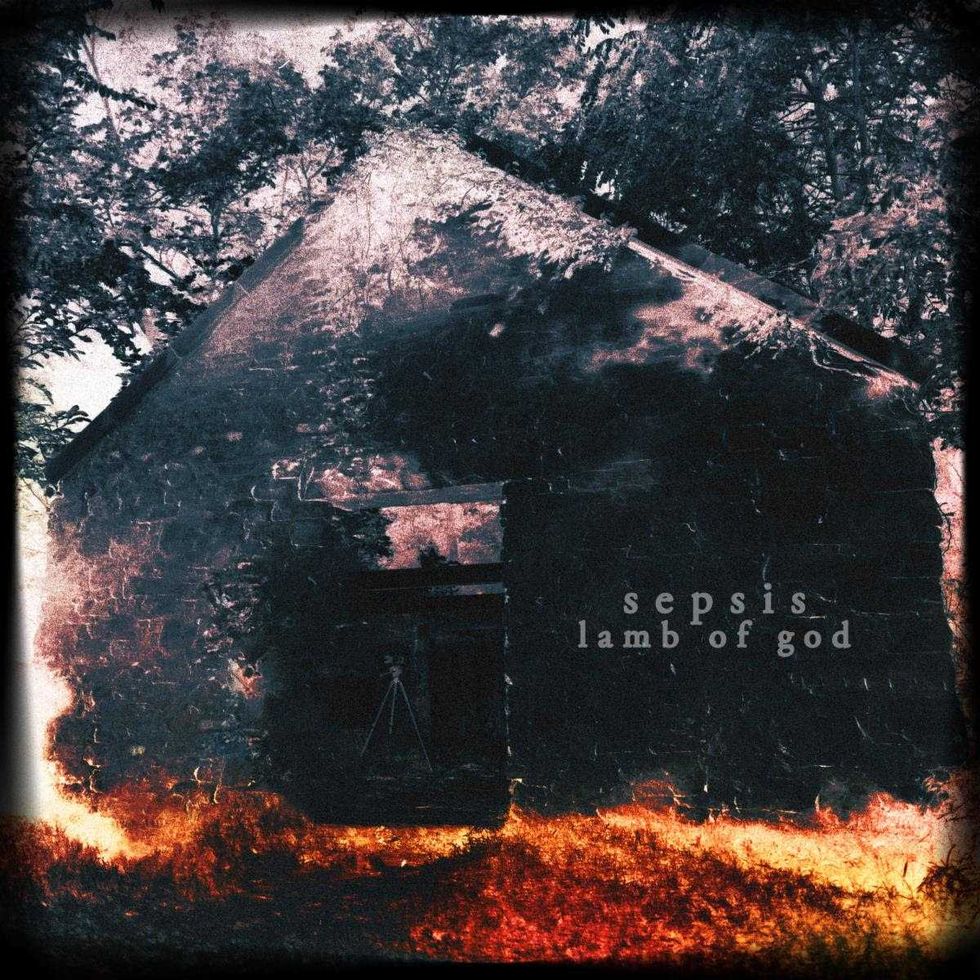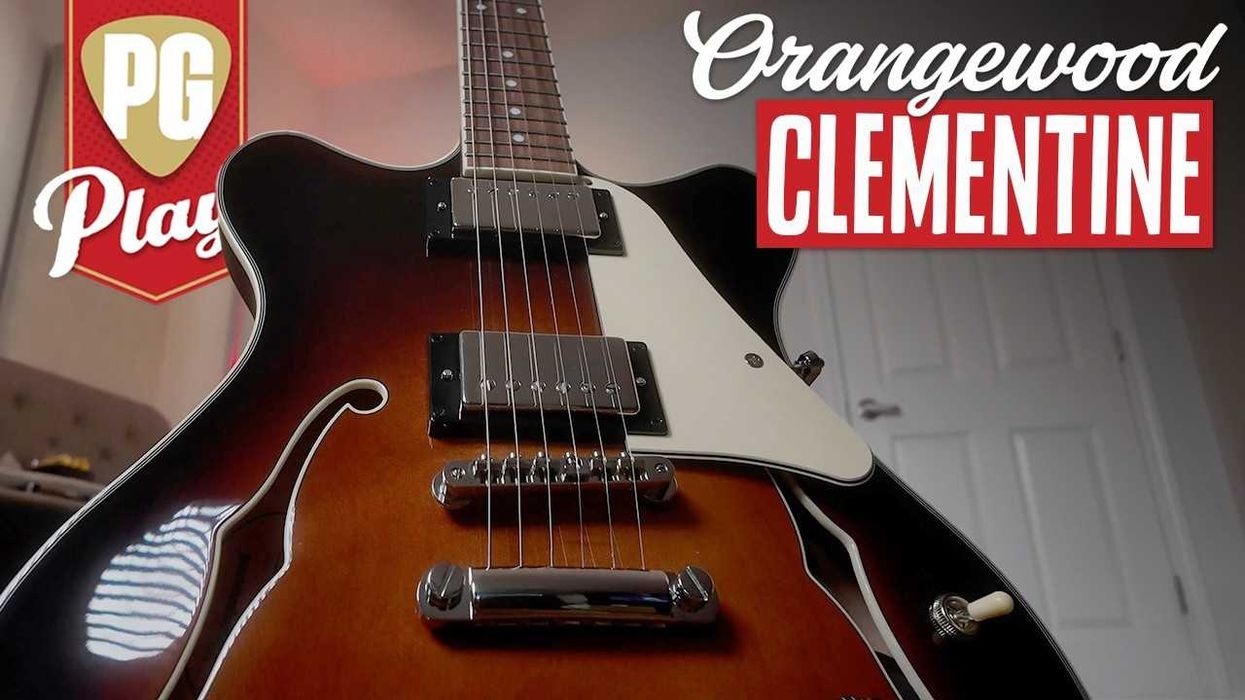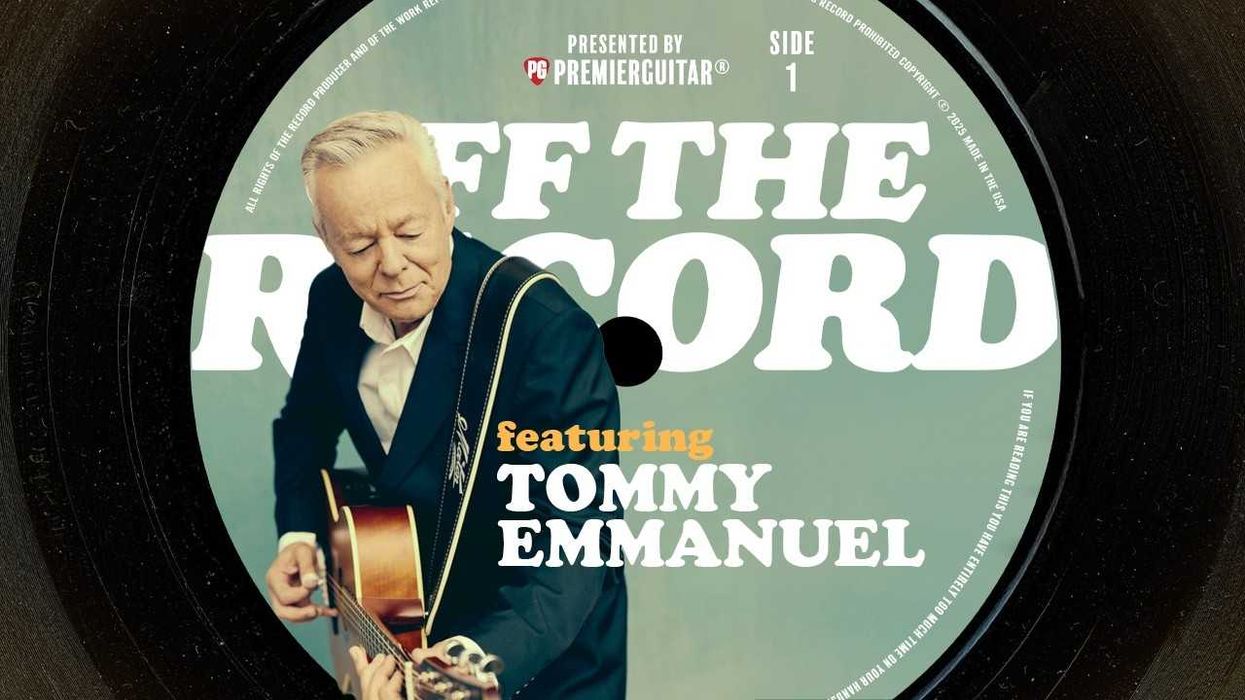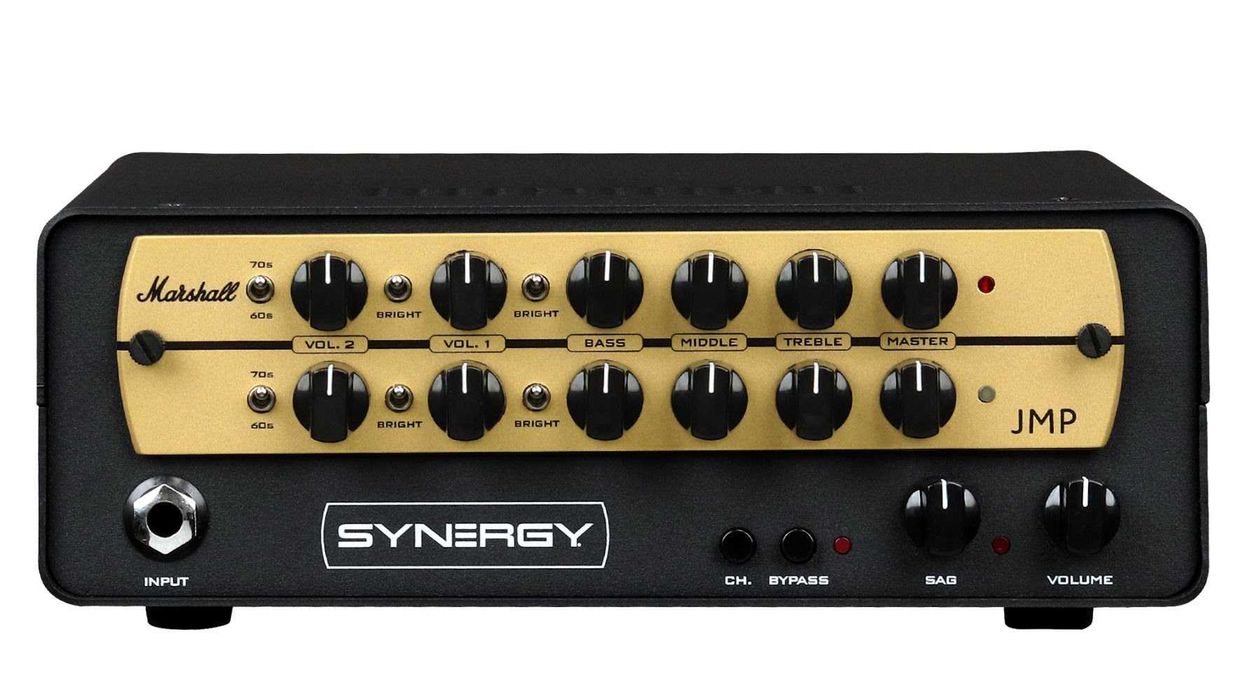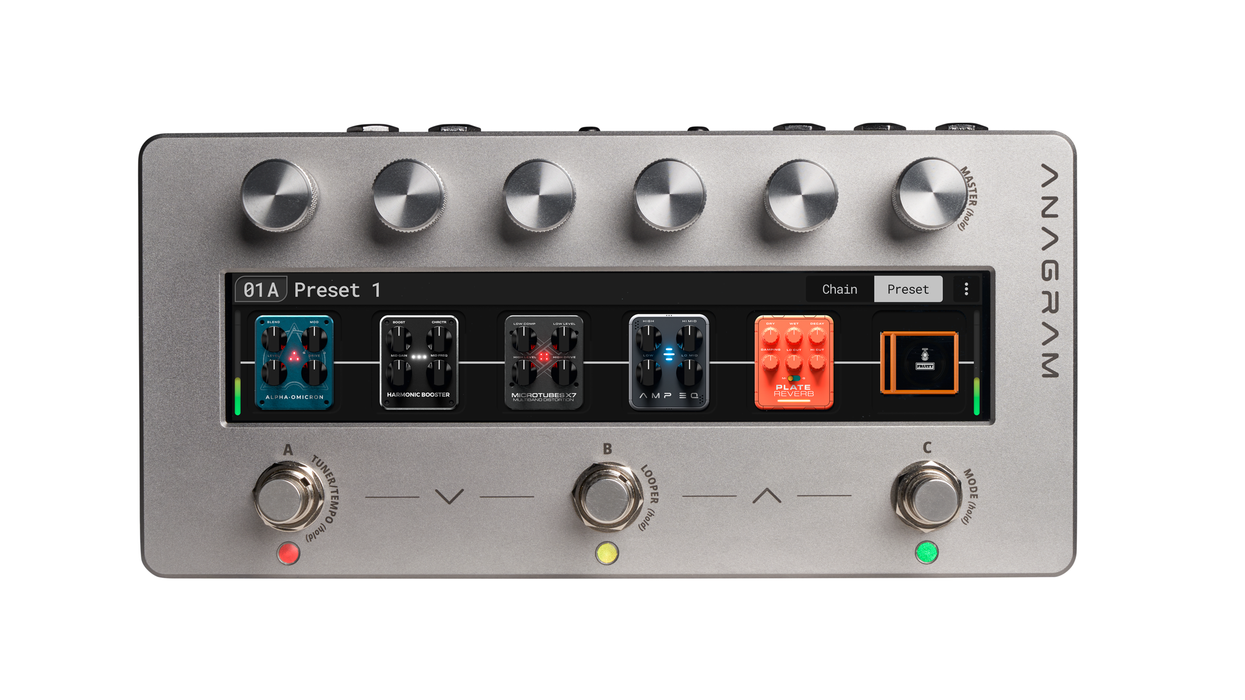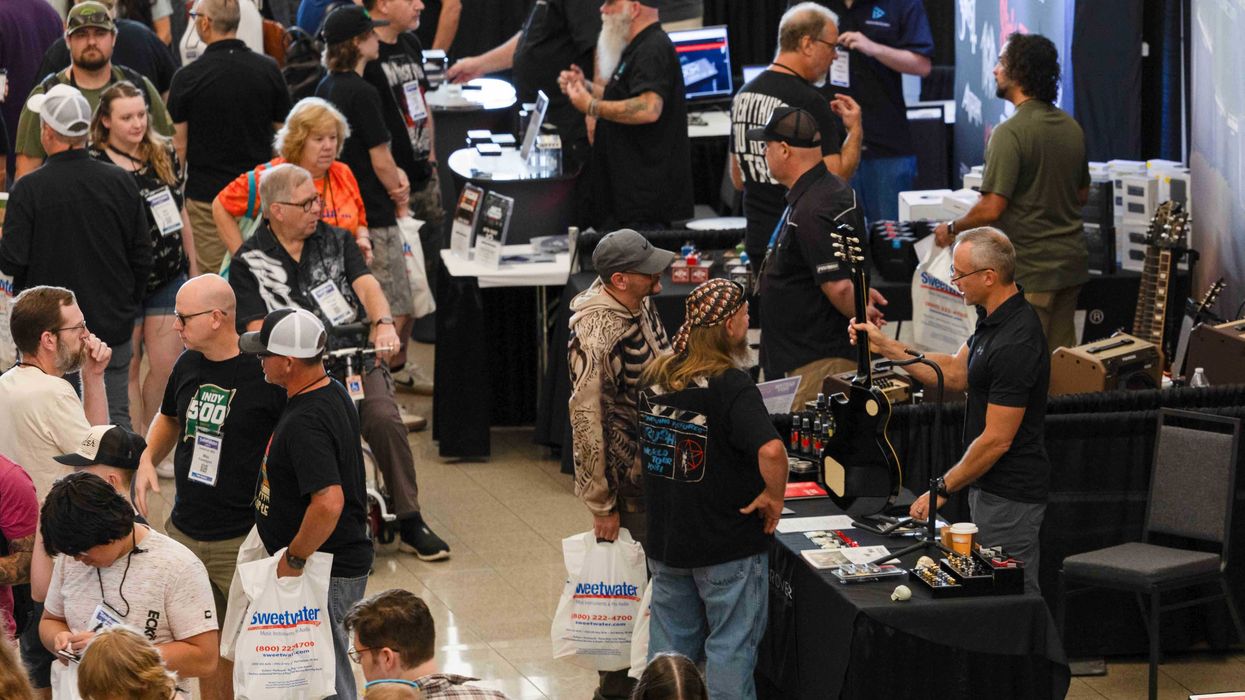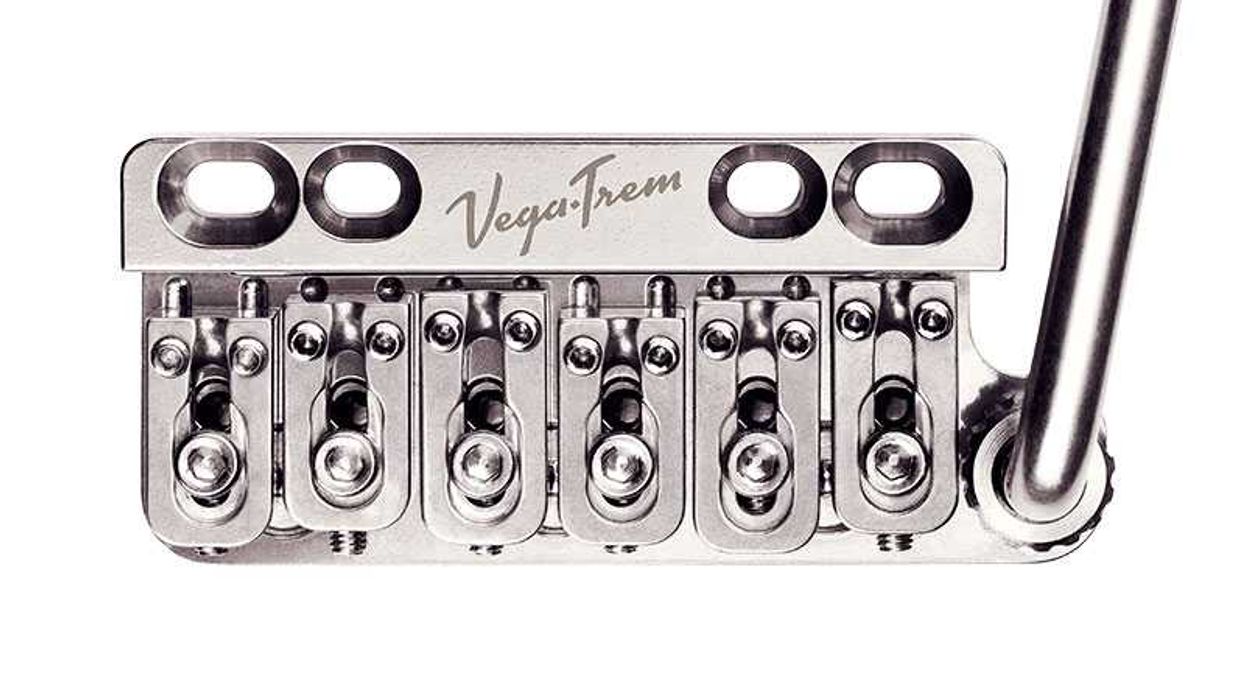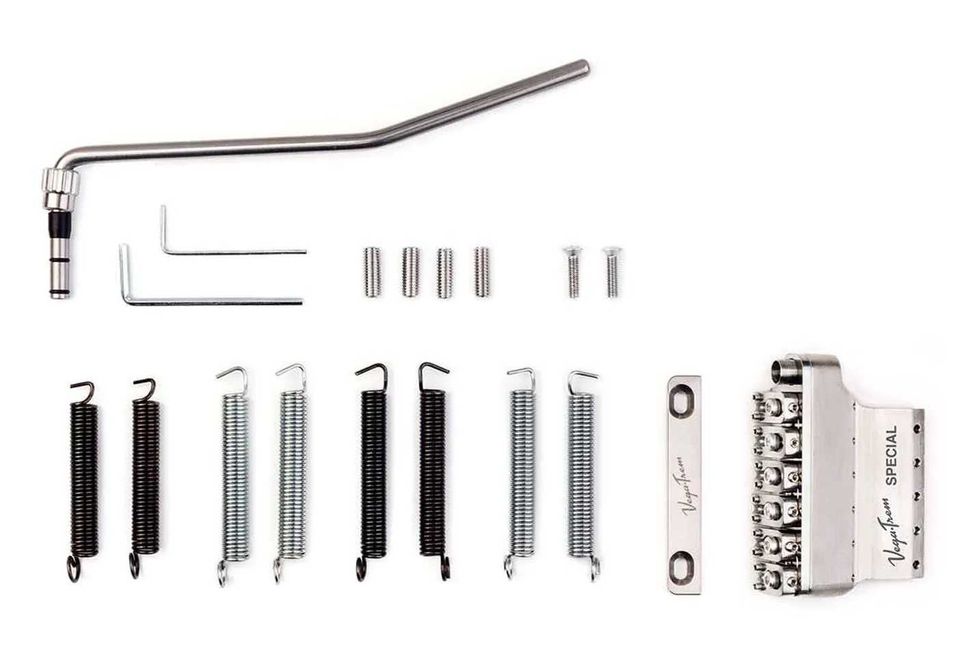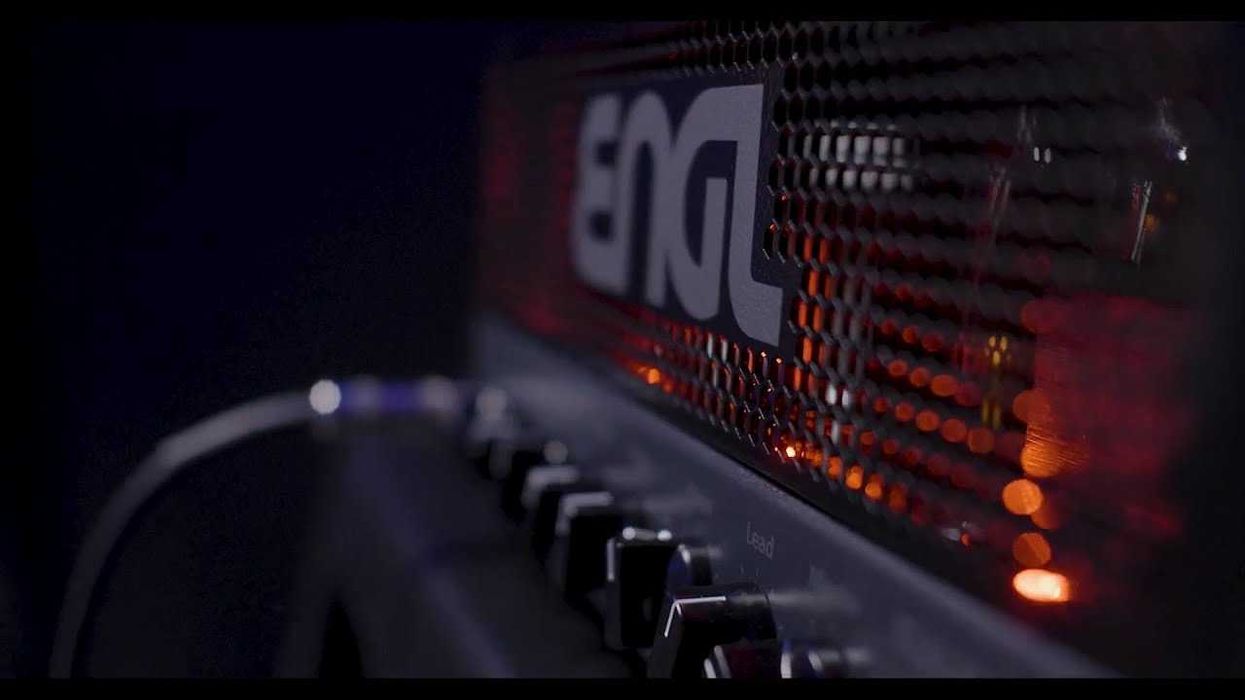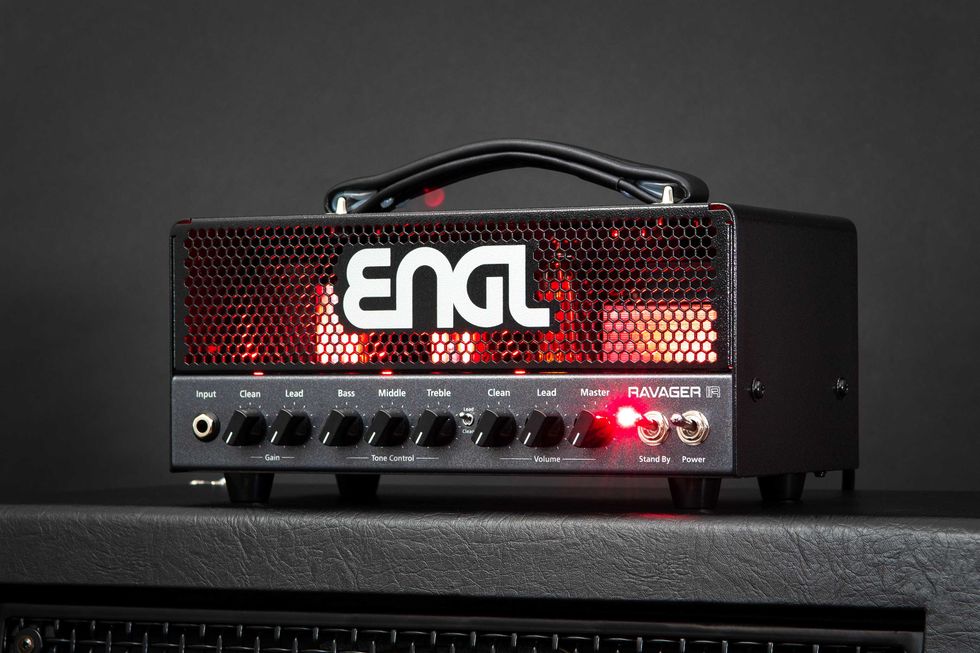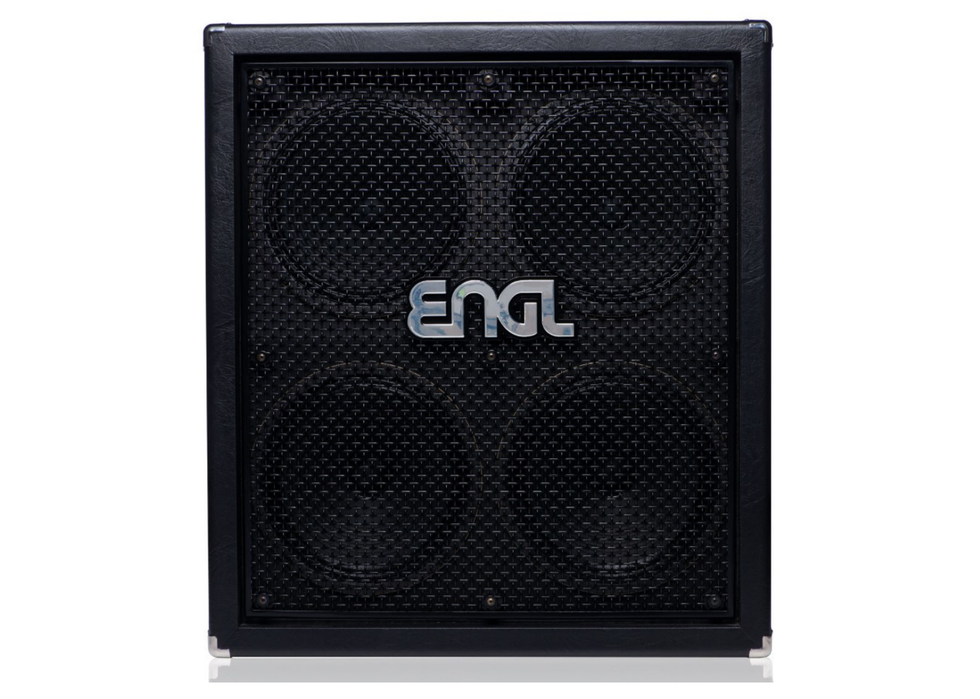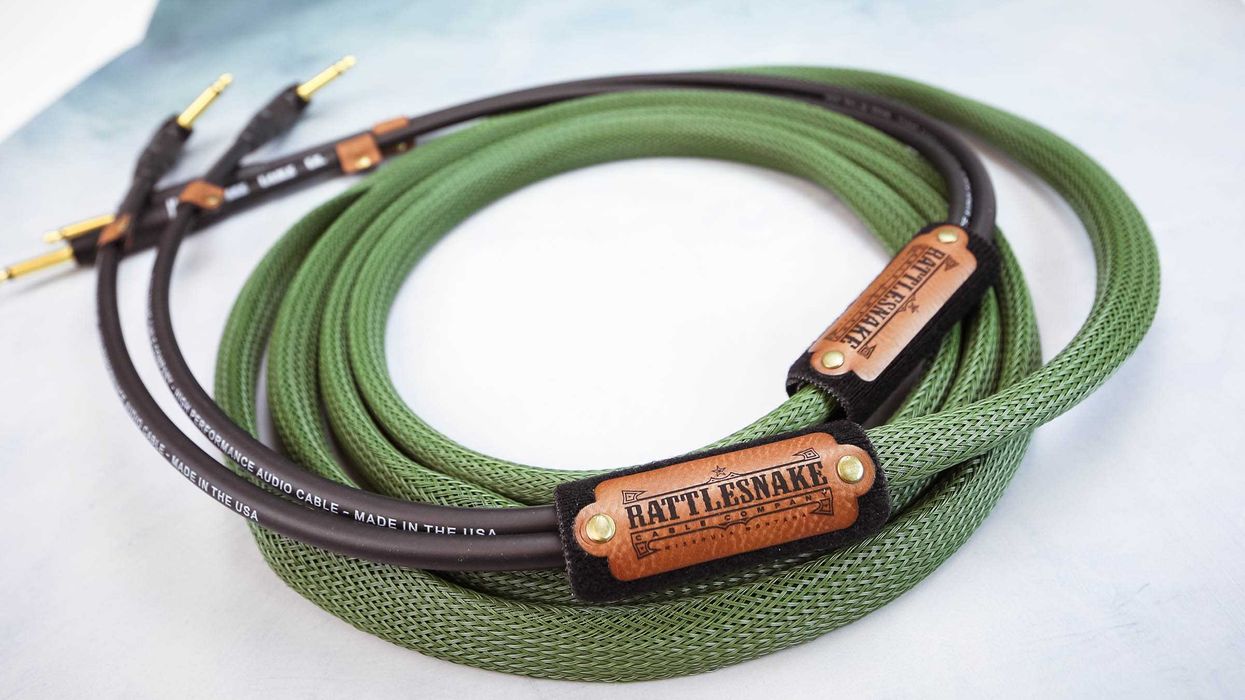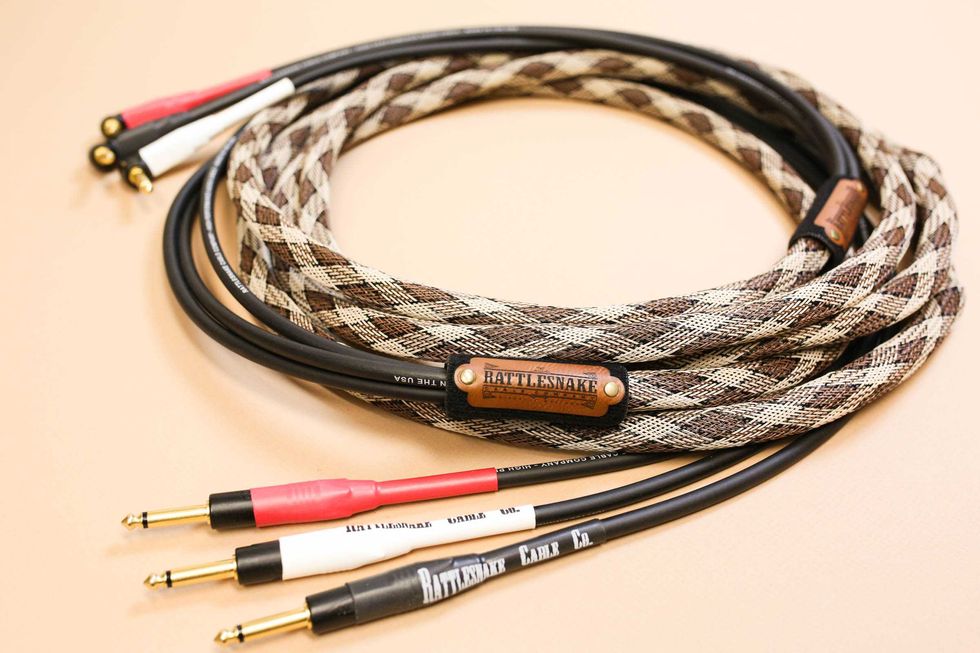Module 4 was designed to be a highly versatile take on a classic vintage compressor - Dan Armstrong's Orange Squeezer from the ‘70s.
The Module 4 can be transformed to a standard 'Full Frequency' range compressor by pushing the Orange button. Basically, the user gets two compression flavors and they are easily distinguishable. Orange brings a warm, vintage sound and feel while 'Full Frequency range' brings a more modern, brighter, clearer tone. The pedal is equipped with several colorful, and practical options, all packed into the new DryBell enclosure line.
Features
- Output - Controls the output volume (make-up gain) of the compressor. It also acts as a high headroom and distortion-free clean Boost, thanks to the high internal power supply voltage
- Tone - Controls the overall high-frequency spectrum of the unit
- Blend - Sets the mix of dry and compressed signals
- Attack - Controls the reaction time of the compressor
- Release - Controls the time before the unit releases or stops compression
- Preamp - Controls the input gain of (any) instrument
- ORANGE pushbutton - Enables/disables the ORANGE mode. When the ORANGE mode is off, Module 4 becomes a 'Full Frequency range' compressor
- Expander - Automatically attenuates incoming background noise
Additional Features:
- 3-color compression level meter - A visual representation of gain reduction and input signal level
- LOW END cut – Option to keep or remove certain low-end frequencies
- True bypass or buffered bypass options
- Orange button also works in buffered bypass when the pedal is turned off. In that case, the buffered bypass reacts like the Orange Squeezer’s Front-end, keeping the bypass EQ very similar to the EQ when the pedal is active
- Power on settings save option
- Dot marks around knobs - Represent the settings of the original Orange Squeezer
- Standard power supply 9-18V DC, 100mA minimum
DryBell Module 4 is available for $315.00. The first batch of Module 4s is available exclusively from the DryBell webshop.
For more information, please visit drybell.com.
